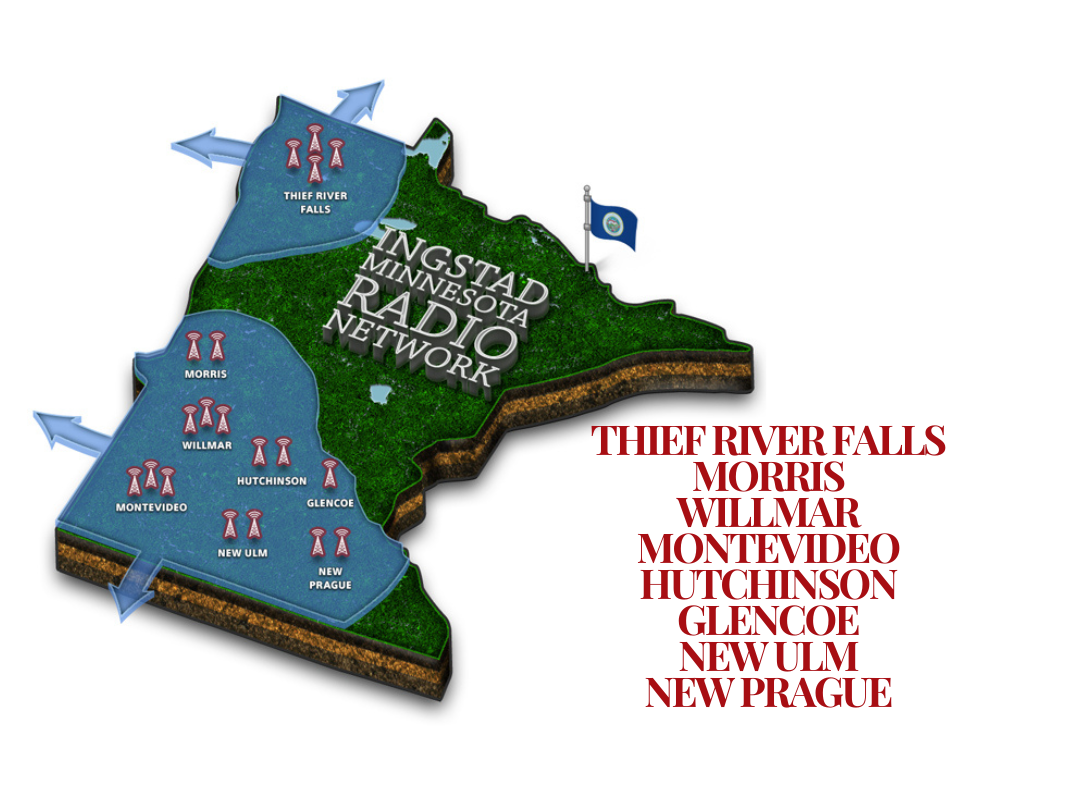Severe Weather Awareness Week – Day Two
It’s Severe Weather Awareness Week!
Today we share information about storms, hail and lightning.
Plan ahead and be prepared for our upcoming severe weather season.
STORMS, HAIL AND LIGHTNING
Thunderstorms affect relatively small areas, compared with most other storms. The typical thunderstorm is 15 miles in diameter and lasts for 30 minutes — but whatever their size, all thunderstorms are dangerous.
Severe thunderstorms produce large hail or winds of at least 58 mph. Some wind gusts can exceed 100 mph and produce tornado-like damage. That’s why many communities will sound their outdoor sirens for damaging straight-line winds.
When a severe thunderstorm threatens, stay inside a strong structure. Mobile home occupants should go to a more permanent structure.
Thunderstorm Winds
Thunderstorms can produce straight-line winds that exceed 100 miles per hour. For this reason you should treat severe thunderstorms just as you would tornadoes. Move to an appropriate shelter if you are in the path of the storm.
The strong rush of wind from a thunderstorm is called a downburst. The primary cause is rain-cooled air that accelerates downward, producing potentially damaging gusts of wind.
Strong downbursts can be mistaken for tornadoes, and they’re often accompanied by a roaring sound similar to that of a tornado. Downbursts can easily overturn mobile homes, tear roofs off houses and topple trees. Campers are especially vulnerable because trees can fall into campsites and onto tents.
NWS Guidebook on Thunderstorms, Tornadoes and Lightning
Damage from severe wind accounts for half of all weather damage reports in the lower 48 states and is more common than damage from tornadoes. These winds are often called “straight-line” winds to differentiate their damage from tornado damage. Damaging winds are classified as those exceeding 50-60 mph.
More information about damaging winds from the National Weather Service.
Threat definitions of damaging winds (National Severe Storms Laboratory)
Hail
Hail is product of thunderstorms that causes nearly $1 billion in damage every year. Most hail is about pea-sized. Much of it is the size of baseballs, and it can reach grapefruit-size. Large hail stones fall faster than 100 mph and have been known to kill people.
Lightning
Every thunderstorm produces lightning!
Lightning kills an average of 43 Americans each year. Hundreds more are severely injured.
Lightning Safety Tips
- NO PLACE outside is safe when thunderstorms are in the area!
- If you hear thunder, lightning is close enough to strike you.
- When you hear thunder, immediately move to safe shelter: a substantial building with electricity or plumbing or an enclosed, metal-topped vehicle with windows up.
- Stay in safe shelter at least 30 minutes after you hear the last sound of thunder.
Indoor Lightning Safety
- Stay off corded phones, computers and other electrical equipment that put you in direct contact with electricity.
- Avoid plumbing, including sinks, baths and faucets.
- Stay away from windows and doors, and stay off porches.
- Do not lie on concrete floors, and do not lean against concrete walls.
Last Resort Outdoor Risk Reduction Tips
If you are caught outside with no safe shelter anywhere nearby the following actions may reduce your risk:
- Immediately get off elevated areas such as hills, mountain ridges or peaks
- Never lie flat on the ground
- Never shelter under an isolated tree
- Never use a cliff or rocky overhang for shelter
- Immediately get out and away from ponds, lakes and other bodies of water
- Stay away from objects that conduct electricity (barbed wire fences, power lines, windmills, etc.)
Lightning Safety for the Deaf and Hard of Hearing Community
We all know that “When thunder roars, go indoors.” But what if you can’t hear the thunder? That’s why meteorologists created a new slogan that would be more inclusive of the deaf and hard of hearing community. As a result, “See a flash, dash inside” is now used in conjunction with the original slogan above.
View this public service announcement on lightning safety for the deaf and hard of hearing.
Dona Greiner
Emergency Management Director
(320) 208-6507 office
(320) 287-2464 mobile
Stevens County Sheriff’s Office
400 Colorado Ave., Morris, MN, 56267







